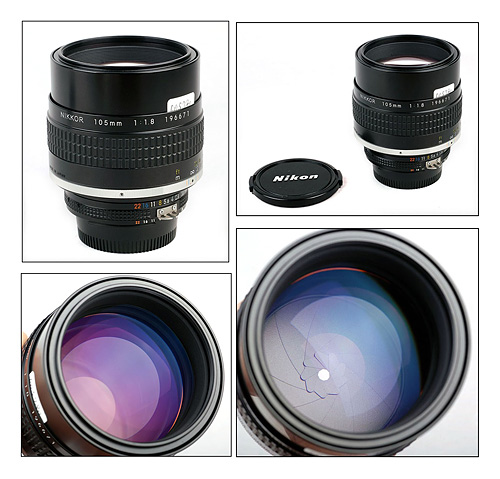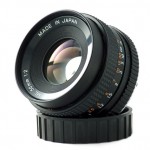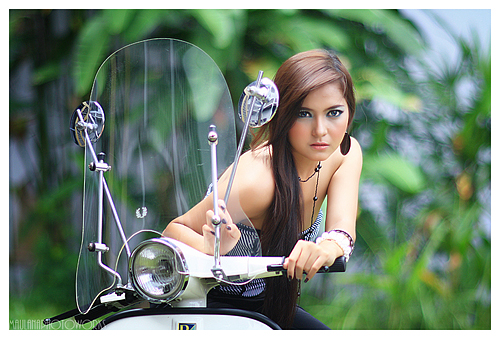
Depth of field refers to the range of distance that appears acceptably sharp. It varies depending on camera type, aperture and focusing distance, although print size and viewing distance can also influence our perception of depth of field.The depth of field does not abruptly change from sharp to unsharp, but instead occurs as a gradual transition. In fact, everything immediately in front of or in back of the focusing distance begins to lose sharpness — even if this is not perceived by our eyes or by the resolution of the camera.
These four ways let you create depth of field when you click the button to capture the photograph. Let’s look at these three ways – aperture, distance between subject & camera and focal length of lens:
1. Aperture
We talked about aperture and we looked at the relation between aperture and f stop and how aperture/opening changes with f number. We mentioned that large f number = small opening. Let’s extend this a little further. Depth of field changes with change in aperture. As the aperture increases and f number decreases, the depth of field decreases too. As we have seen that aperture will be greater at f2.0 than it will be at f8.0, the depth of field will be shallower at f2.0 than it till be at f8.0.
To Make Your Photo Pop-out: If you wish to make your photo pop-out by using shallow depth of field, use smaller f stop. As we talked, the smaller the f-stop, shallower will be the depth of field. This will mean the subject in focus will stand out with most of the objects in the photograph.
Keep in Mind: If you choose to use smaller f stop for creating shallow depth of field, the aperture will be large and more light will get in the camera. And this should be compensated with increase in shutter speed or ISO (to a certain extent) as we discussed in the basics of photography post.
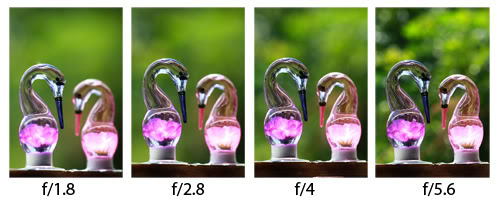
2. Focal Length
When you just can’t move closer to the subject, the next thing you can do is bring subject closer to you – by using a lens with greater focal length. Focal length is the third factor that affects depth of field. The larger the focal length, shallower is the depth of field. So, if you are using a 50mm lens, you can decrease depth of field by using a lens greater than 50mm. A lens like 200mm will have much shallower depth of field than 50mm lens.
To Make Your Photo Pop out: As you may have already understood, to make your photos pop out use a longer lens, longer meaning one with long focal length.
Keep in Mind: As with moving closer, you need to be careful with what is included in the frame and what is not. The longer focal length present another challenge – shake. Since by using longer focal length, you bring the subject closer and magnify the subject, everything else is magnified too. Meaning if you shake the camera even minutely, the resulting shake is magnified too. What happens when you shake the camera? Photograph is blurred. So what will happen if you magnify everything by using a lens with greater focal length? Camera becomes too sensitive and getting sharp picture is challenging. Is this getting too complicated? Well who said, photography was simple 😉 But hey there are ways to get around this. In fact there are several ways. Use tripod and/or use greater shutter speed. I’ll just leave it there, for now.

3. Distance
Distance between subject and camera (or lens) also influences depth of field. This is a powerful option when you cannot change the aperture due to some lighting constraint. Depth of field changes rapidly with the distance between subject and camera. The closer the subject is to the camera, shallower is the depth of field. This means, when you are 5 feet from the subject, you will get greater depth of field than if you were 2 feet.
To Make Your Photo Pop out: So, here to get shallow depth of field, you will have to move closer to the subject and the closer you get, the better you subject will pop out.
Keep in Mind: Now, keep in mind that as you get closer or as you change your distance, your composition will change too. You will find that as you step towards the subject you are eliminating some things out of the frame. Stay alert of this fact and before you click, check your frame to make sure you are including everything you need to.
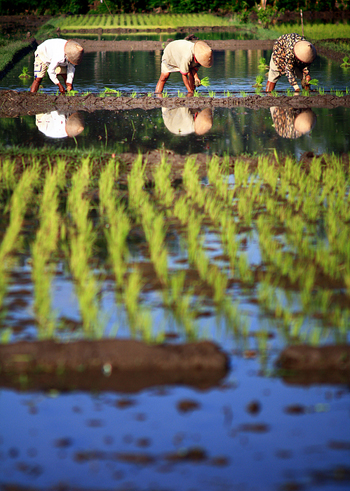
4. Get a New Lens
This is an ‘easy’ solution in some ways, but hard if you don’t have the budget. Different lenses have different maximum apertures. Those with larger ones are called ‘faster’ and one of the impacts of having a fast lens is that you can make your depth of field smaller (another is that you can shoot in lower light situations without needing the flash). A good option for Canon DSLRs is the Canon 50mm f/1.8 lens. It’s very fast, it’s a good focal length for portraits and it is one of the most affordable lenses Canon make.
